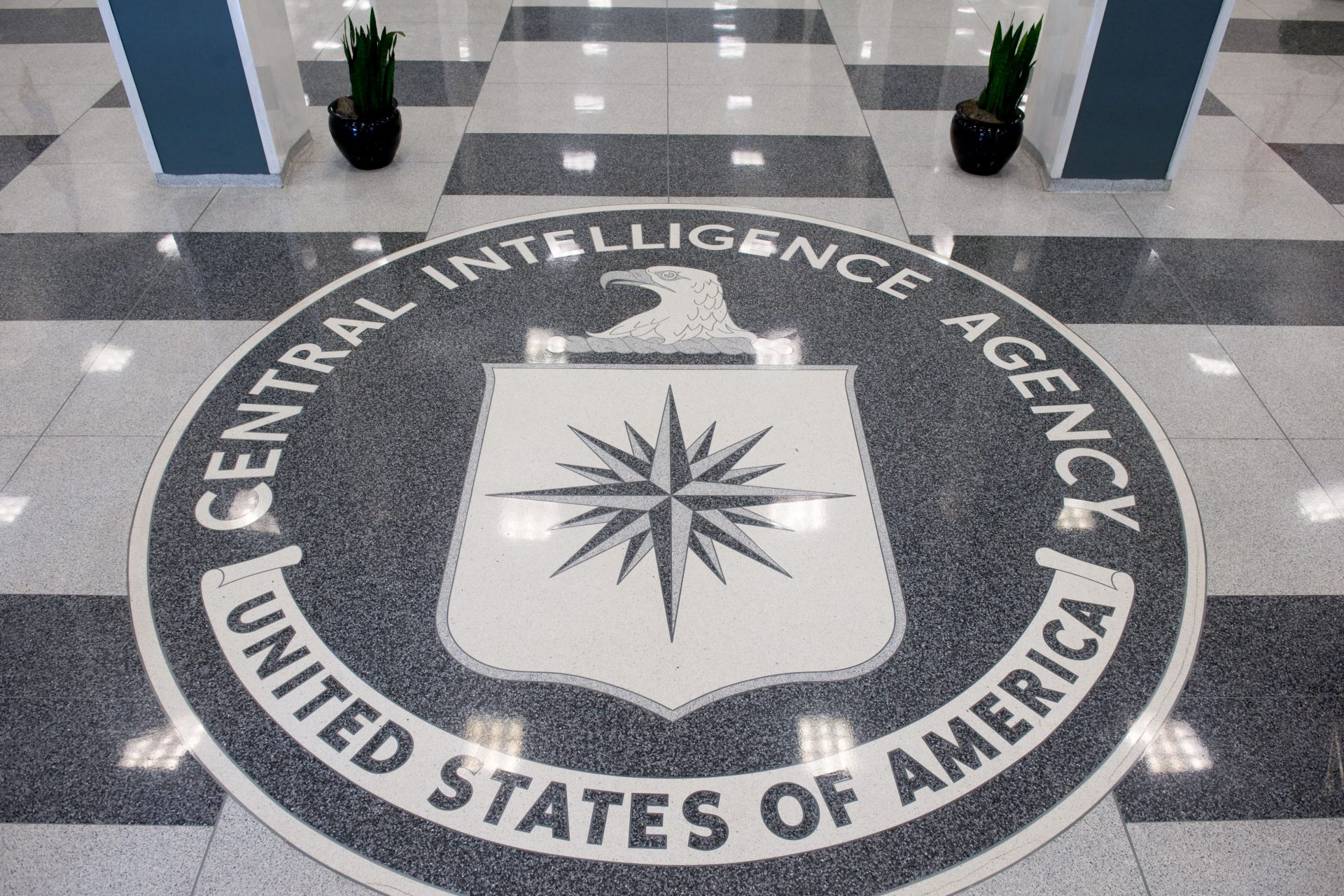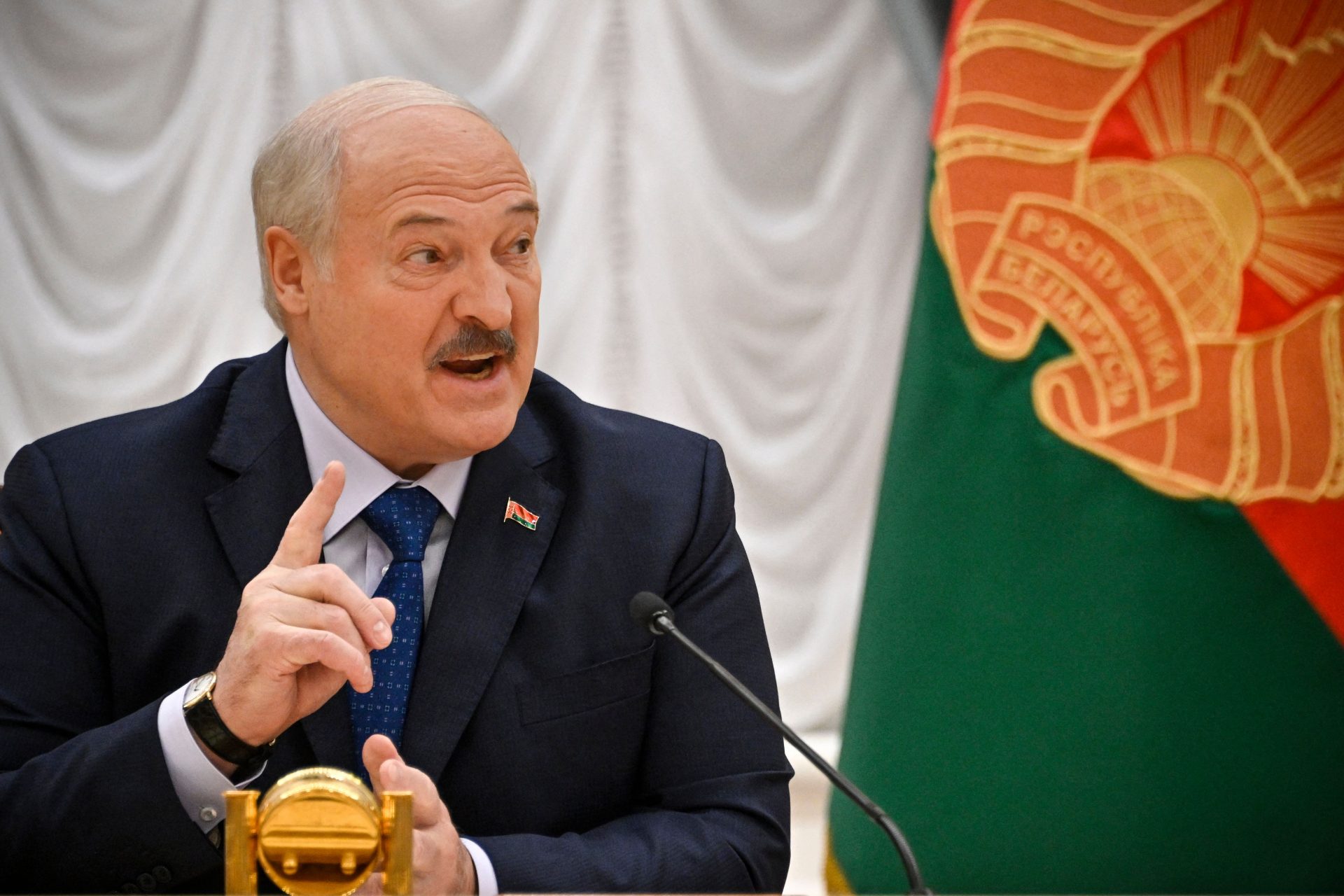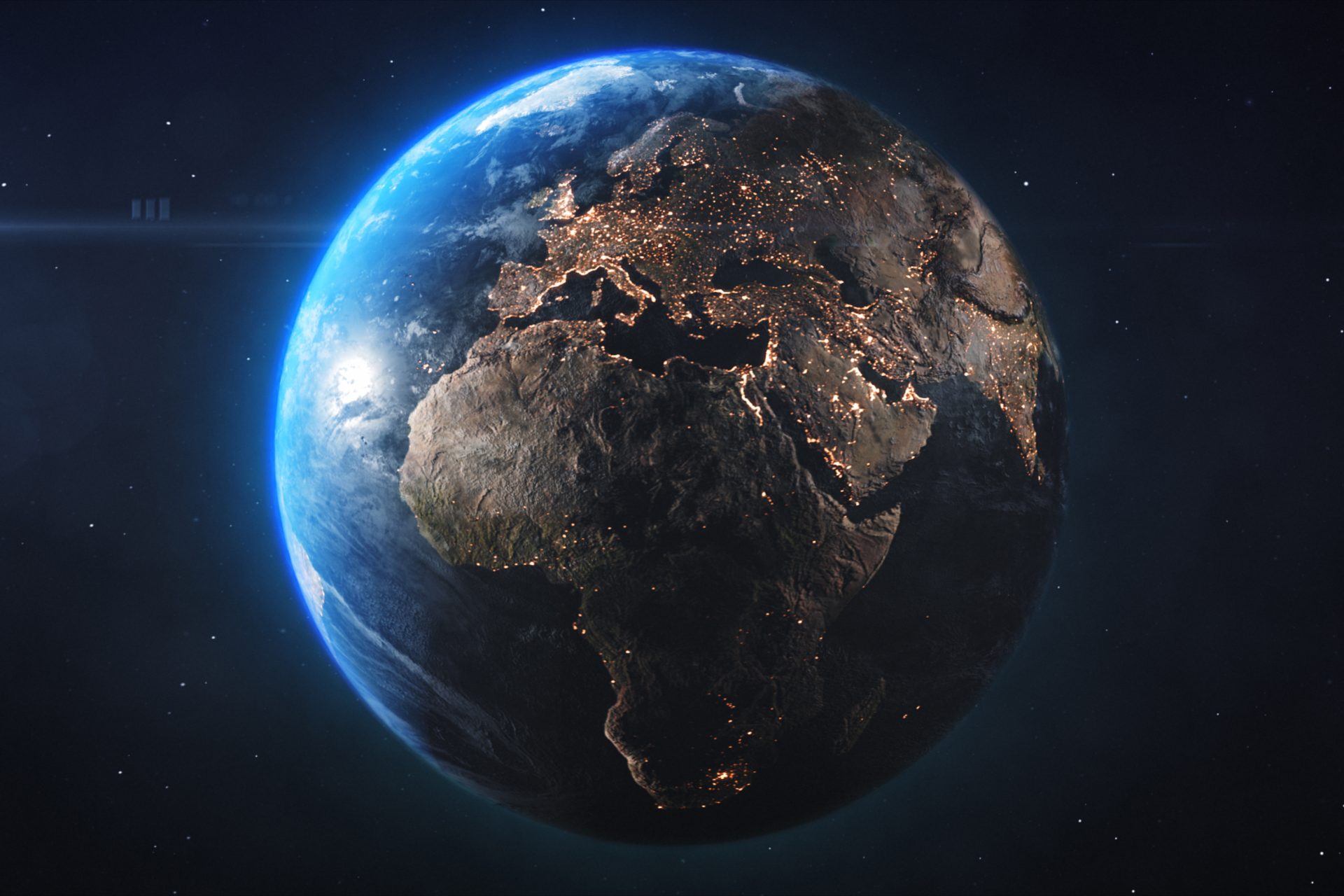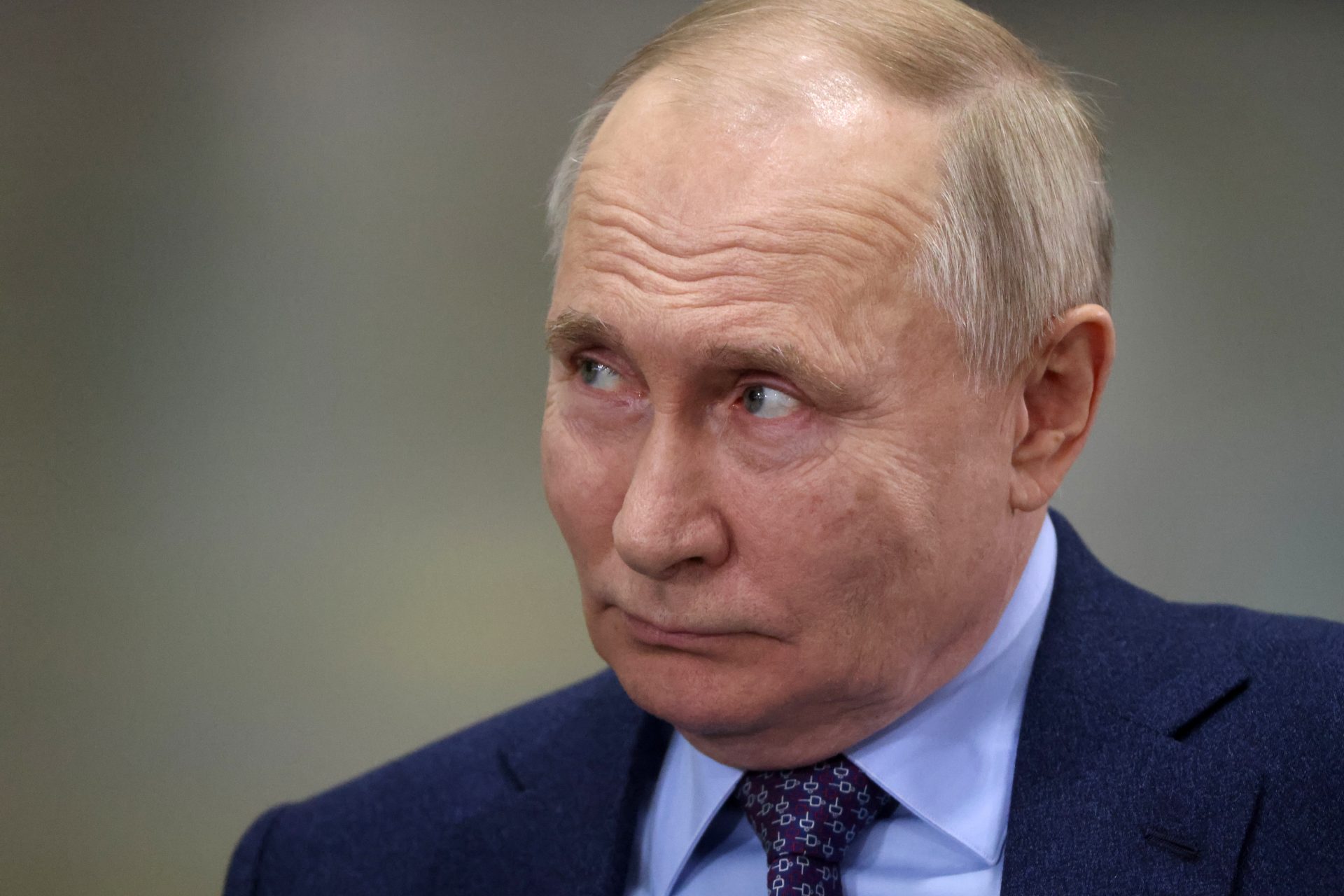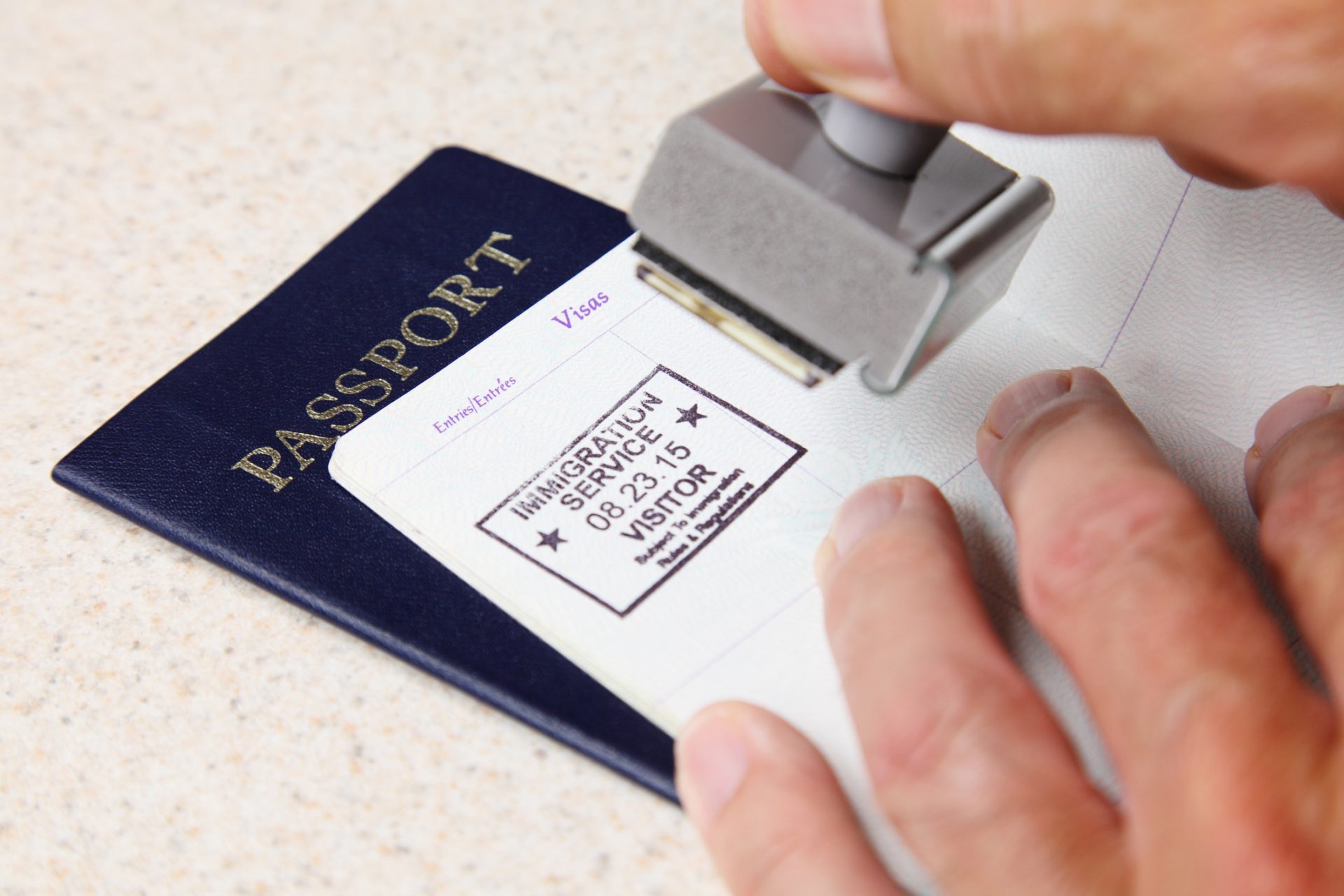Step-by-Step Guide to Joining the CIA
Working as a spy is not suitable for everyone. The Central Intelligence Agency (CIA), tasked with gathering national security intelligence, demands that its operatives endure harsh conditions and sacrifice their personal lives.
And there are many who wish to belong to this select group. In the selection process, candidates must be willing to undergo a lie detector test and complete physical and psychological tests. In addition, a comprehensive background check is carried out on the applicant.
The CIA advises that the applicant should express their interest in working for the agency discreetly. It's important not to mention anything about the selection process on social media and to be as brief as possible when discussing it with close friends and family.
(Photo: Unsplash - Kristina Flour)
The coveted agency receives thousands of applications each month and asks for patience as the entire process can take several months. The applicant must be a US citizen and resident of the country.
When traveling abroad, the prospect should never contact the agency by email nor by phone. If you want any chance of becoming a secret agent at all, you should not follow the Central Intelligence Agency on any of their social networks, nor should you interact with them by commenting on or sharing posts. This is to ensure the safety of the candidate.
One of the most important reasons for exclusion is the use of illegal substances. Before submitting their resume, applicants should ensure that they have not used any illegal substances for at least one year.
Another exclusion criterion is illegal downloading of files, including music, movies, games or software. If this is the case, the security team will assess the crime, taking into account the amount of files downloaded, the frequency and timing of downloads.
Those who manage to survive all these stages will find themselves in one of the most fascinating and controversial professions of our time: spying on people and countries.
Jonna Mendez, former CIA disguise director, explains how her secret agents completely change their appearance. In a video for Wired, she points out that the main goal is to make the person appear invisible.
Photo: Unsplash - Engin Akyurt
When Mendez assumed responsibility for disguising CIA agents, one of the primary concerns was to protect them as they went about their work. They often risk their lives to get information.
So-called "easy disguise" is when the agent uses a simple accessory to change their appearance, such as glasses, a beard or a hat. In these cases, the agent on duty has no direct contact with interlocutors.
Photo: Unsplash - Christian Buehner
On the other hand, Jonna Mendez explains that when an officer is on a mission that requires them to personally interact with someone over an extended period of time, they usually wear an advanced disguise.
Jonna Mendez was responsible for introducing then-President George W. Bush to the new technology of advanced disguise: masks.
(Photo: Screenshot Youtube Wired)
The disguise serves to protect the agent and preserve his identity. In this sense, the main objective is to change the spy's personal characteristics and modify what would be used to recognize him.
If the person being disguised is an unshaven, round-faced man with no hair, the CIA recommends adding hair and a mustache and glasses to alter the perception of the shape of his face.
(Photo: Unsplash - Engin Akyurt)
In addition to appearance, more profound changes are required in some more extreme cases, such as the agent's pronunciation. To do this, an artificial imprint is placed on the agent's palate, which changes the way they speak.
Photo: Unsplash - Product School
Experts in disguise have noted that the population tends to trust older men, so the CIA often ages its agents to increase their chances of getting information from outsiders.
(Photo: Unsplash - Photo Sushi)
But the spies' difficult work goes far beyond being unrecognizable. In order not to get caught, the spy is trained to walk, talk, use gestures and eat differently than they normally would.
(Photo: Unsplash - Matthew Feeney)
This is because our social behavior gives many clues about our origins, our social environment and our culture, so it is easy to determine the true identity of a spy.
These unconscious behaviors are so difficult to change that Jonna Mendez says it's important to use tools such as a rubber band on the knee or a stone in the shoe to ensure that a simple gait is changed.
Photo: Unsplash - Lucas Ludwig
The former CIA's chief disguise director (pictured) revealed how her spies operate: "Quick change is the ability to change one's appearance in public places without being noticed. Typically, the agent uses the crowd around him as a mask."
(Photo: Screenshot Youtube Wired)
She added: "To do this, we measure the number of steps it takes to change the optics. Then we practice extensively, taking into account the time he has for the 'quick change'. It's usually a few seconds ."
The former CIA operative told Wired that at locations with surveillance cameras, the goal is to blend into the crowd rather than flee.
In another interview with the BBC, Jonna Mendez revealed that "a bad disguise is worse than no disguise at all. If someone notices you're in disguise, you have a problem." Therefore, she assures, those responsible spend a lot of time improving their techniques.
In the same interview, Mendez explains that in their day, masks were a powerful weapon to dress up perfectly and change skin tone, hair color, and age.
Also, after years of refinement, the CIA was able to make one person look identical to another and "clone" the agent, allowing him to carry out a mission while his clone distracted the enemy.
"Our most difficult situations were in Moscow. We needed special measures because surveillance there was very strong, around the clock. When we were at work, they sat next to us, and our apartments were equipped with listening devices." Jonna Mendez told the BBC.
All of these experiences make Jonna Mendez a person with a lot of stories to tell. After retiring in 1993, she wrote the books In True Face, Spy Dust, and The Moscow Rules. The last two were written by her and her husband Tony Mendez, the CIA agent known for the story that inspired the film Argo.
More for you
Top Stories



